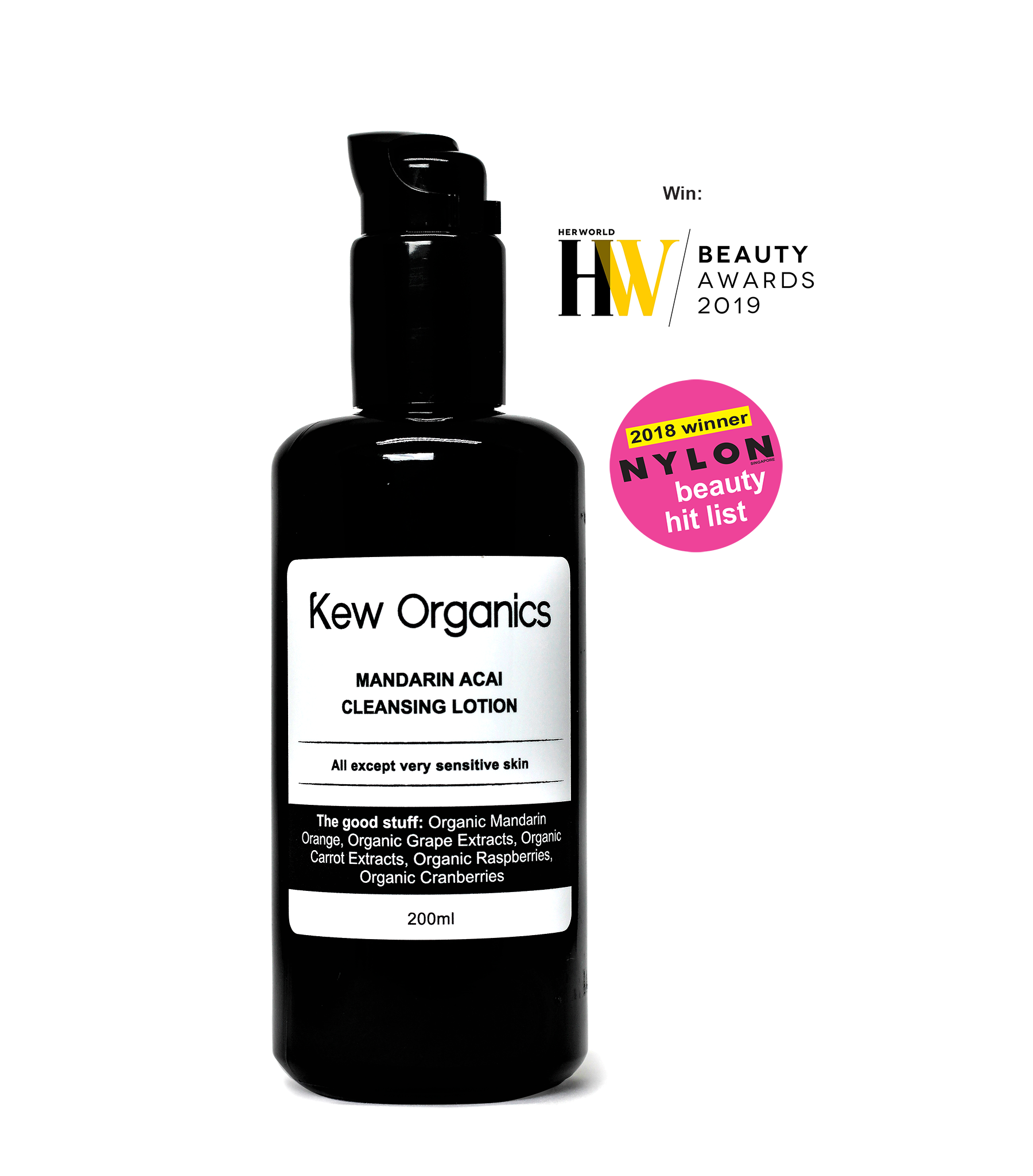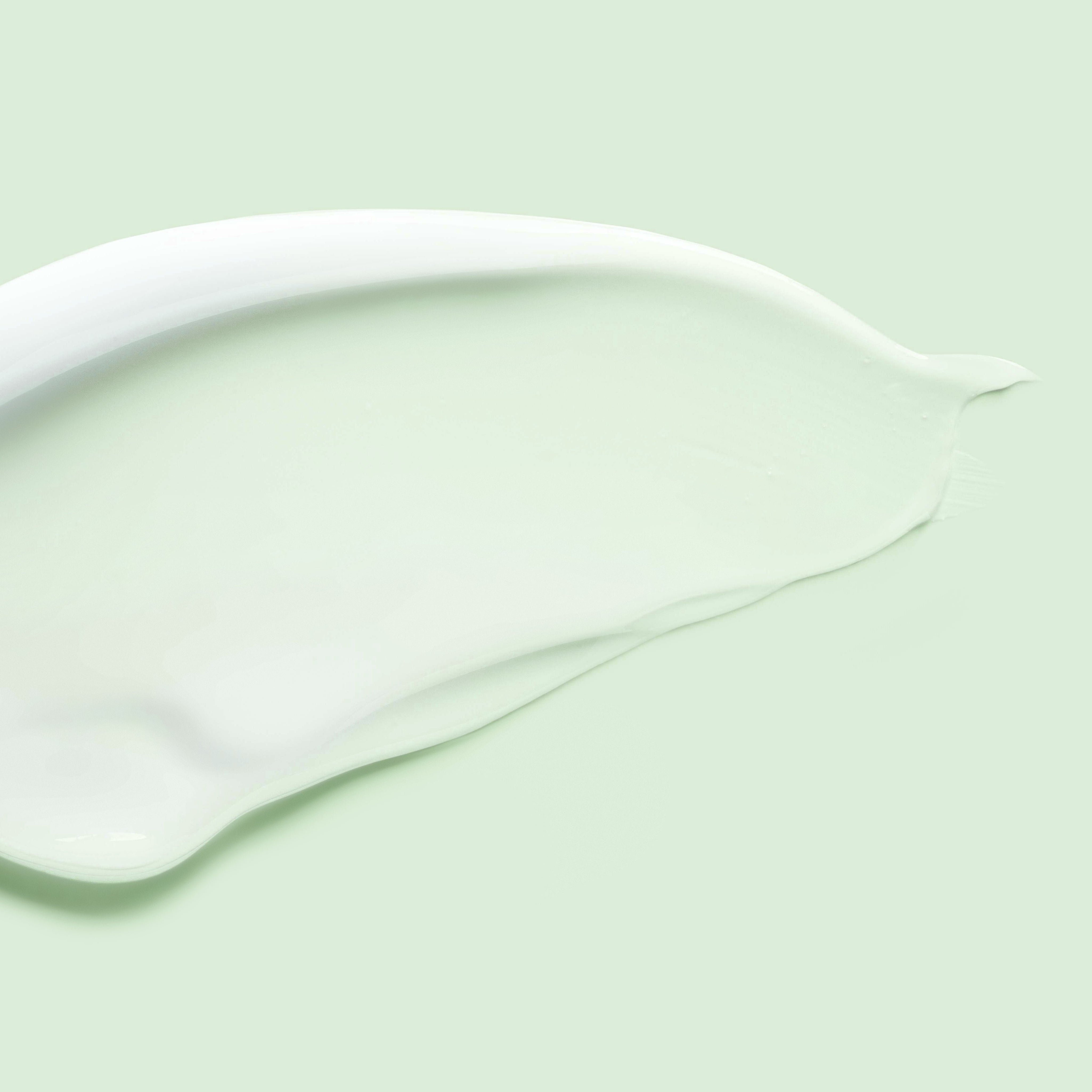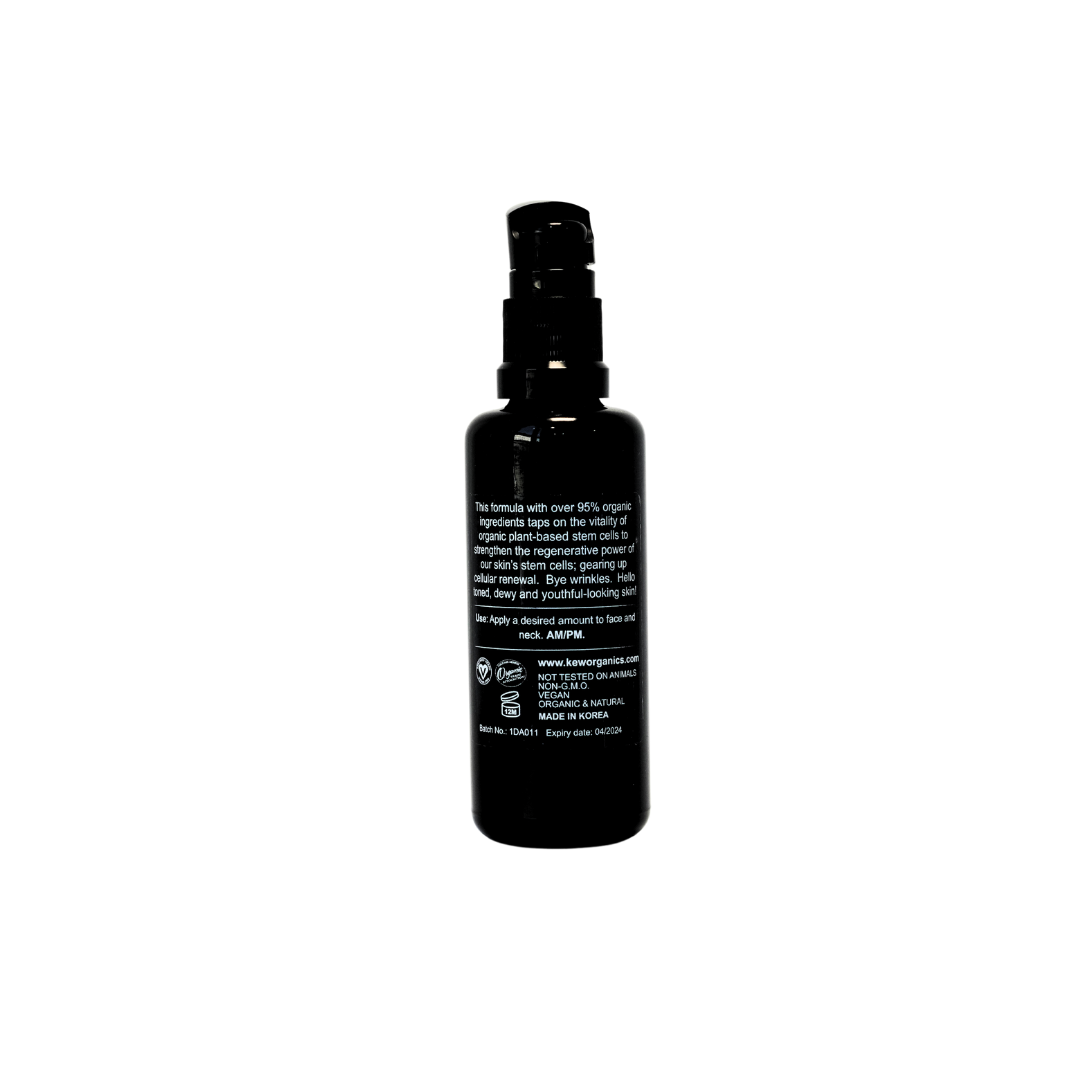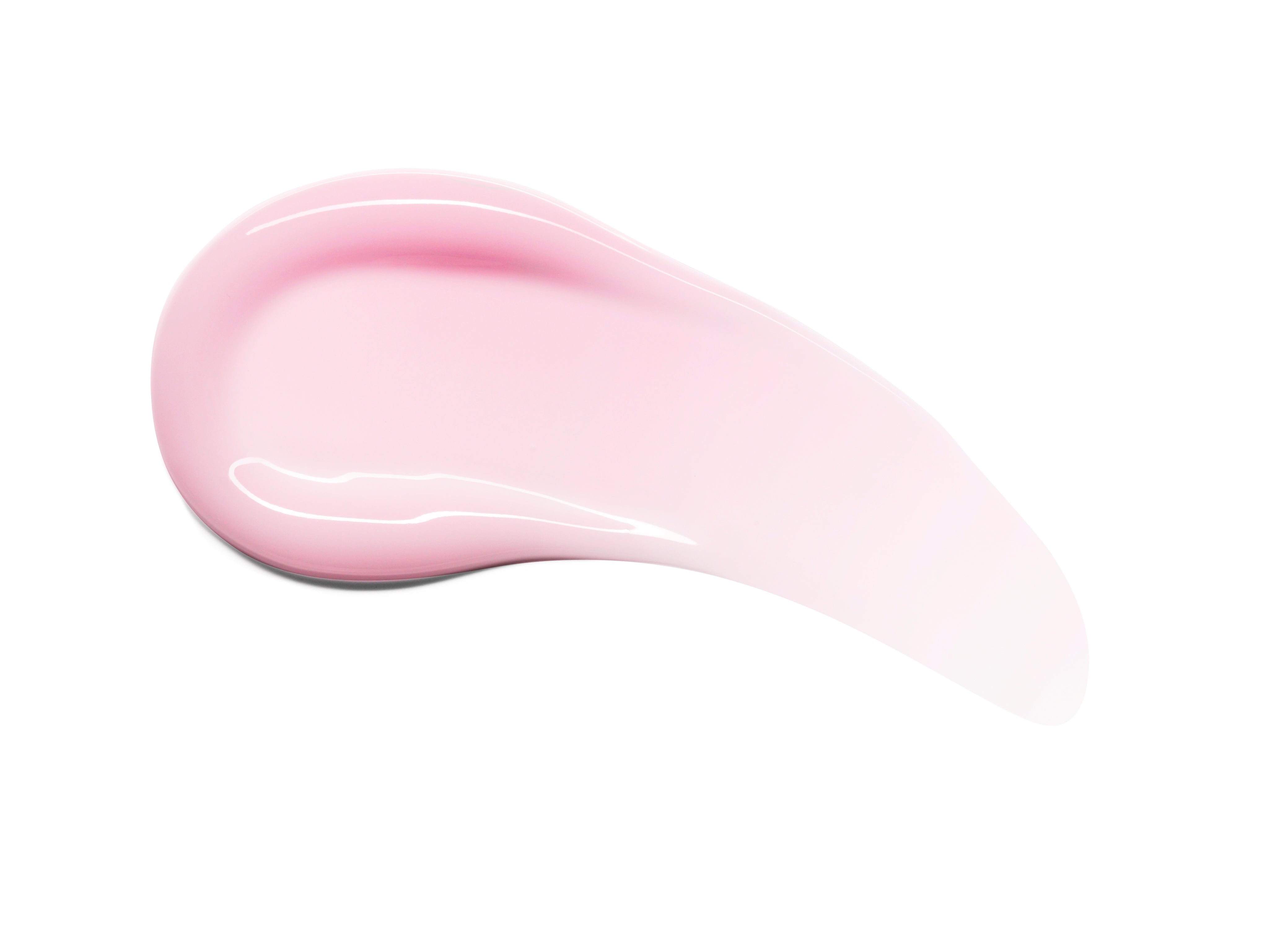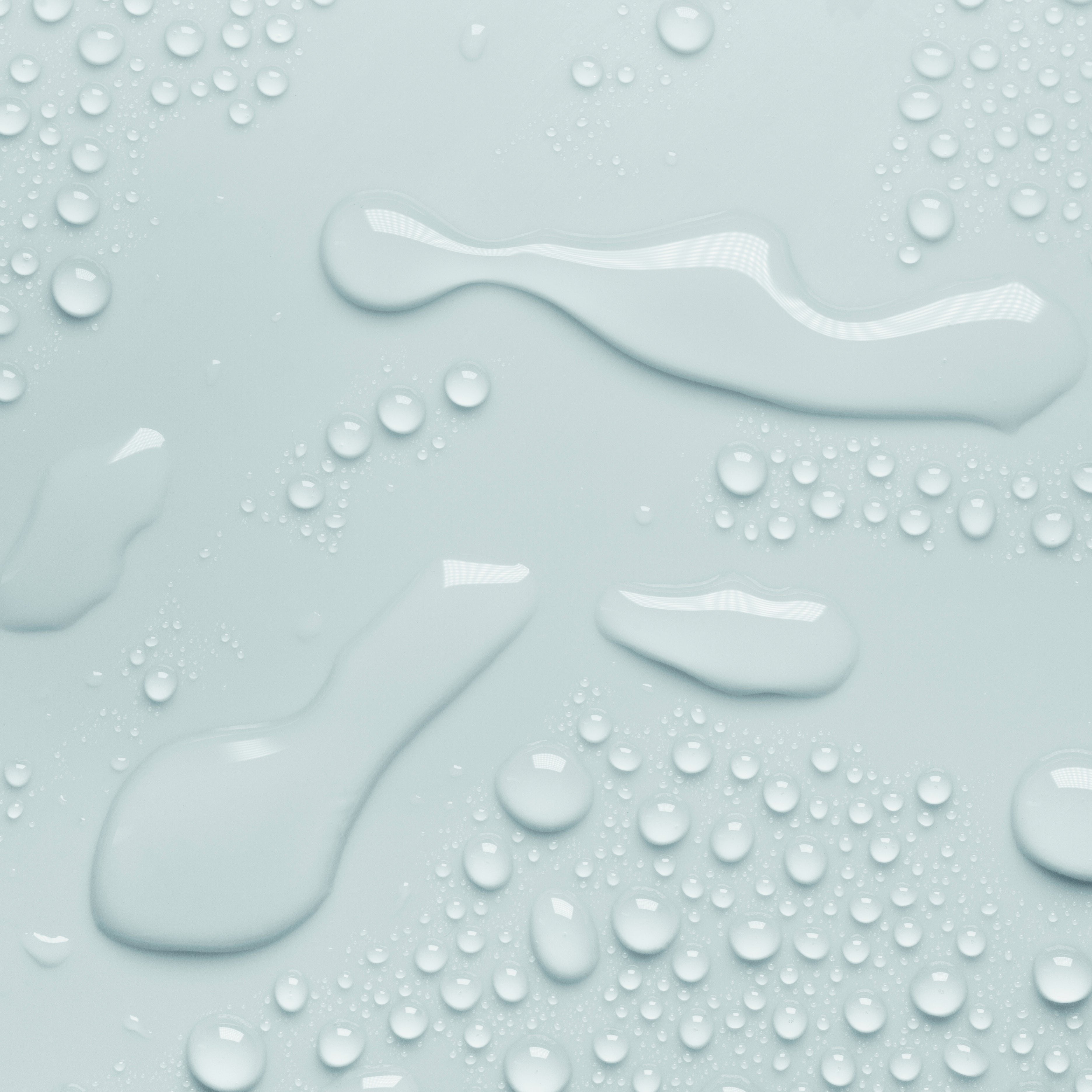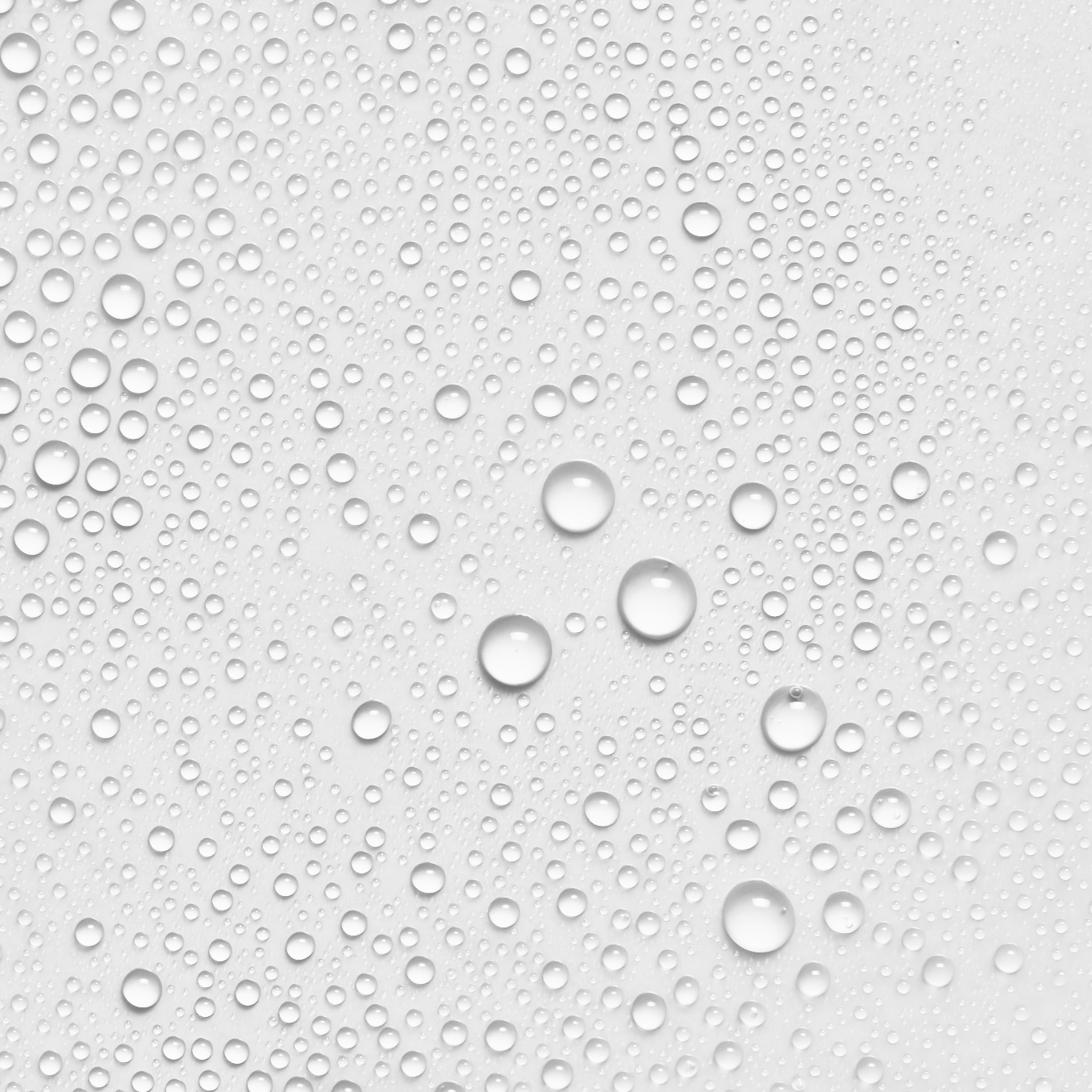EVERYTHING YOU NEED TO KNOW ABOUT AHA, BHA AND ACIDS – HER WORLD 30 SEP 2020

Published on Her World, 30 Sep 2020
Read full article
[/vc_column_text][/vc_column][/vc_row][vc_row][vc_column][vc_column_text]
S / SKIN
Everything You Need To Know About AHA, BHA And Acids
What are the differences and what products should you us?
“Our skin loves acid because it is naturally acidic,” says Carrie Gross, president and CEO of Dr Dennis Gross Skincare, during an interview with us. Dr Dennis Gross Skincare is one of the first brands to promote incorporating a daily peel into your skincare routine.
But you need to know which type of acid to use depending on your skin type and skin concern in order to see improvement in your skin.
Two of the most common types of acids used in skincare are AHAs (alpha hydroxy acids) and BHAs (beta hydroxy acids). What’s the difference between the two? Well, they target different skin types.
AHAs are water soluble. They include glycolic acid, lactic acid, mandelic acid and malic acid among others. They work on the skin surface, loosening dead skin cells that clog up skin and removing them. Suitable for normal to dry skin types, AHAs can also reduce signs of sun damage, such as hyperpigmentation and dull skin tones. They are also good for reducing the appearance of acne scars because they help exfoliate the damaged skin cells. What you need to note is that you should use them before any oil-based skincare, because these would prevent the AHAs from reaching your skin to work.
BHAs, on the other hand, are oil-soluble. Salicylic acid is the most common BHA in skincare. It is great for people with oilier skin types because it works with your skin’s natural oils to penetrate into skin’s deeper layers. With its ability to go deeper into the pores (unlike AHAs), it can loosen “gunk” such as whiteheads, blackheads and excess oil that have accumulated inside. It’s also said to be a little more soothing than AHAs (even though it can dry out skin) and can be used on skin prone to rosacea. And it works better with oil-based products and is often used to treat acne-prone skin.
Despite their differences, both AHAs and BHAs help improve skin cell turnover, to reveal smoother and more radiant-looking skin. And you have to use adequate sun protection because they do tend to increase skin’s sensitivity to sun exposure. If you’re new to acids, try not to use both AHA and BHA at the same time because they can irritate skin and cause redness. If you have to, use alternately day and night, or once a day, alternating between the two. Or, you can use BHA on your T-zone and AHA on drier areas such as your cheeks.
Here are five AHA and BHA products to try:
Kew Organics Sugar Cane Royal Flush Exfoliant, $67.90, from Kew Organics
[/vc_column_text][vc_single_image image="2897" img_size="full" alignment="center"][vc_column_text]A blend of AHAs (glycolic acid and malic acid) and BHAs (salicylic acid) from organic sources help diminish the appearance of fine lines, acne scars and enlarged pores while evening out skin tone for more radiant-looking skin.[/vc_column_text][/vc_column][/vc_row]
- Tags: Skincare


















